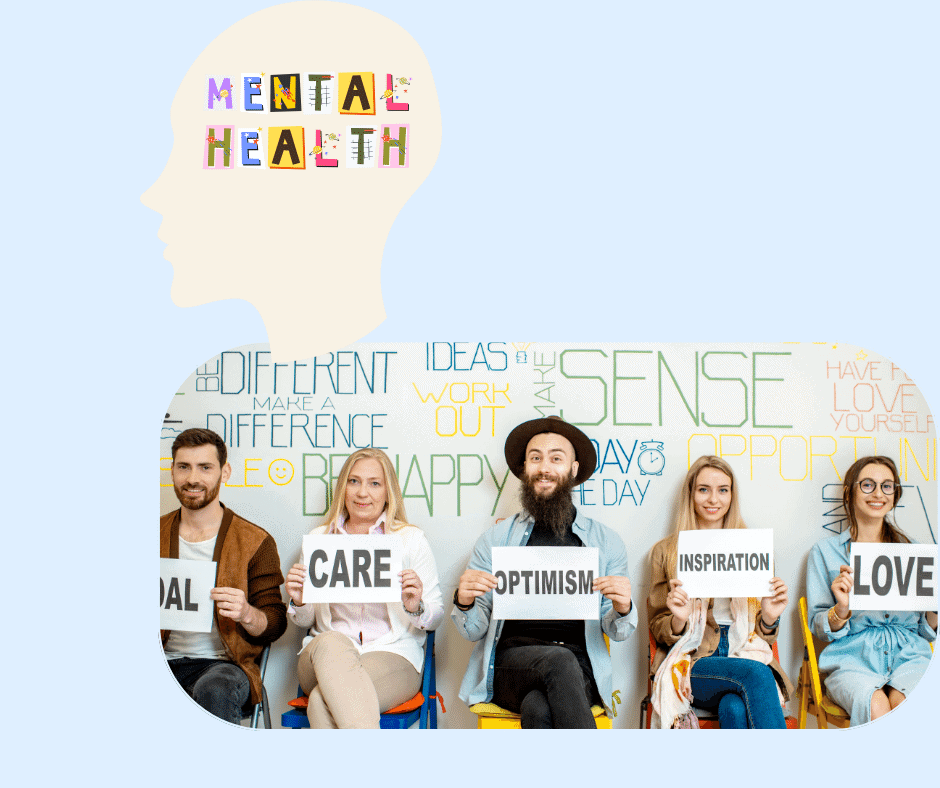How to set up survey questions for mental health campaigns
When creating mental health survey questions, consider its goals and audience. Campaign-related inquiries should yield useful data for campaign decisions.
First, choose a survey type before creating mental health campaign survey questions. Open-ended, multiple choice, Likert-scale, semantic differential, matrix style, and ranking scales exist. These types may be employed depending on the survey’s goal and information needed. Likert-scale questions are good for measuring issue attitudes.
Second, create measurable, meaningful questions. Questions must be well worded to ensure correct responses from participants. When creating questions, cultural and other biases must be considered. Surveys should avoid technical terminology to achieve this. If the campaign is multi-cultural or multinational, surveys may need to be translated.
Thirdly, mental health campaign surveys should include data analysis. Surveys need multiple question types to compare findings at different levels (e.g., individual responses vs overall trends). As well as thinking about what types of data will yield useful insights for campaign planning (e.g., demographics like age group or gender), it’s important to think about how many questions are needed to generate meaningful results versus too many, which could lead to fatigue among respondents and invalid responses/data collection errors in extreme cases.
Finally, pilot test each question before collecting replies from respondents to ensure they are clear, suitable, and legitimate, i.e., they don’t ask leading or double-barrel questions that could bias findings. If careful attention isn’t taken during development, this can easily happen! Pilot testing with a few volunteers in the target population can identify difficulties before launch and generate a rigorous questionnaire that provides helpful data for future mental health campaign decisions!


